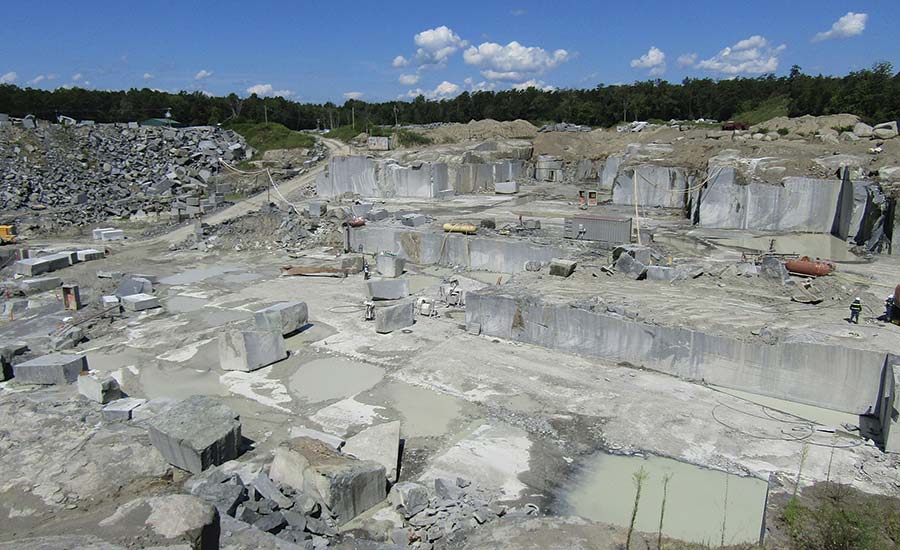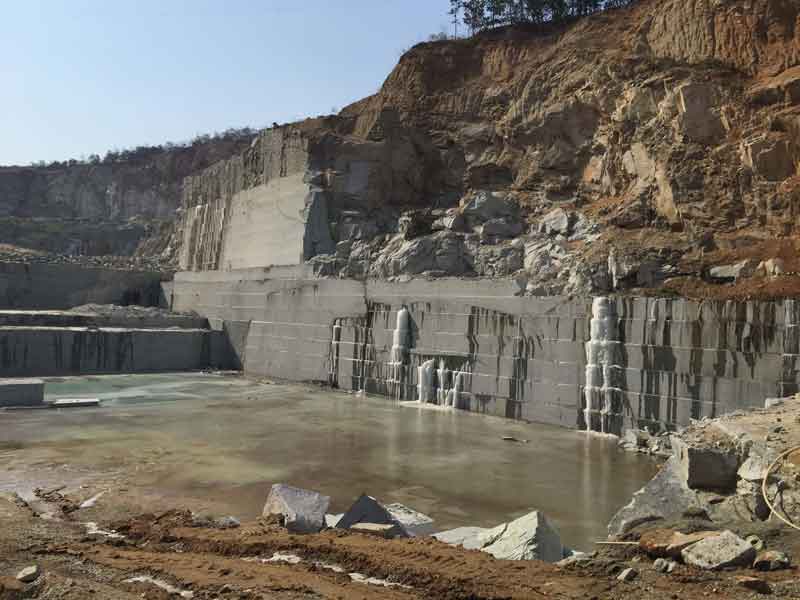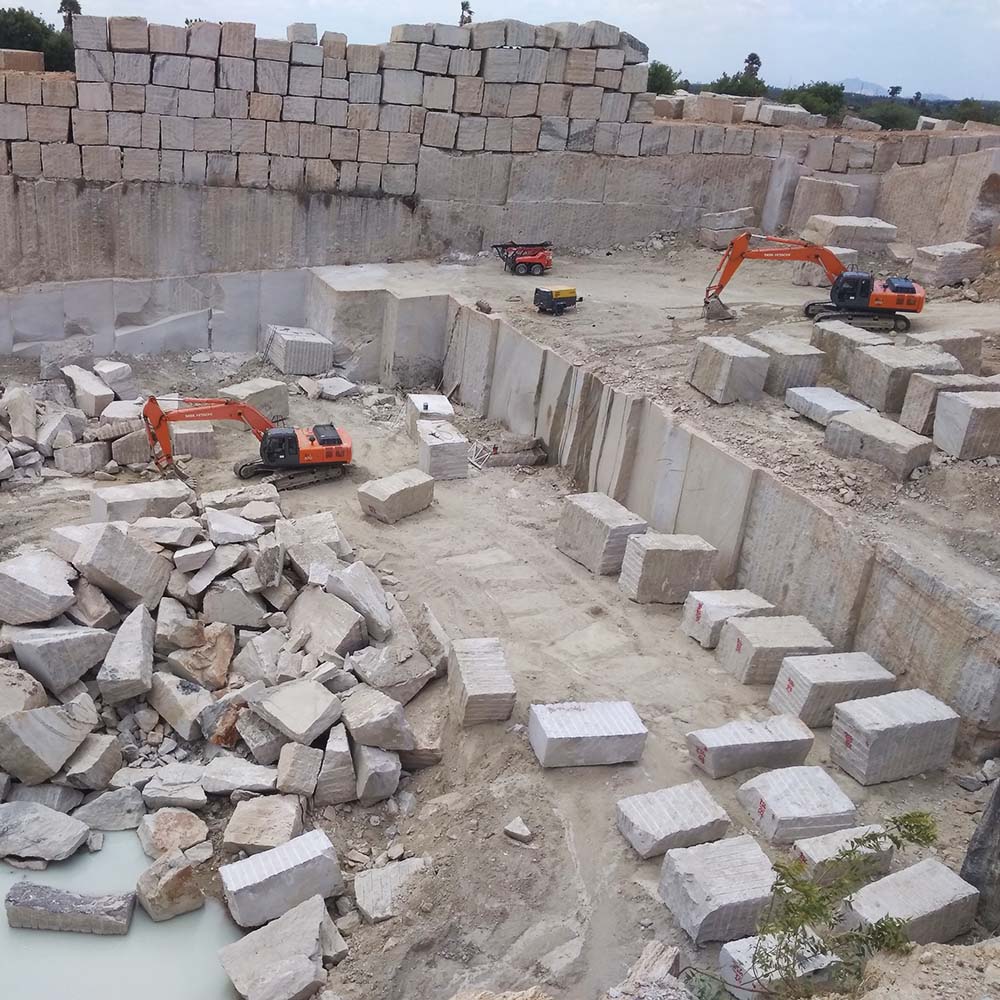Unveiling Granite Quarries in South Africa Legacy: A Journey Via Quarries
Unveiling Granite Quarries in South Africa Legacy: A Journey Via Quarries
Blog Article
Unearthing the Rich History and Lasting Practices of Granite Quarrying
As we base on the precipice of uncovering the complex tapestry of granite quarrying, a journey through time discloses not simply the physical act of drawing out rock yet likewise the cultural and historic relevance woven into the extremely material of this method. From the old origins that laid the foundation for modern quarrying strategies to the lasting practices that are forming the future of this industry, each carve mark on granite surfaces tells a story waiting to be uncovered (granite quarries in south africa). The tradition of granite quarrying extends far past simple extraction; it is a testament to human resourcefulness, resilience, and the long-lasting appeal of this marvelous rock
Old Origins of Granite Quarrying
Dating back to ancient human beings, the method of quarrying granite has actually been an important component of human history and building advancement. The earliest evidence of granite quarrying go back to ancient Egypt, where substantial pyramids and elaborate sculptures were crafted from this sturdy stone. The Egyptians used primitive devices to extract granite blocks from quarries, showcasing the value of this product in their monumental buildings.
Moving on in history, the Greeks also made significant contributions to the quarrying of granite. The Greeks utilized granite in different building wonders, such as temples and statuaries, showing their skill in shaping and sculpting this sturdy stone. The Romans even more refined the techniques of quarrying granite, employing sophisticated devices like chisels and hammers to remove and form granite for their renowned structures.
With the centuries, the method of quarrying granite has actually evolved, with modern innovations improving efficiency while preserving the ageless appeal of this all-natural stone - granite quarries in south africa. From old human beings to modern home builders, the tradition of granite quarrying continues to shape our globe
Evolution of Quarrying Techniques
The evolution of quarrying methods has been marked by a constant progression towards better efficiency and precision in removing granite. From the basic methods used by our ancestors to the advanced innovations utilized in modern-day quarrying operations, the sector has actually gone through significant developments. Early quarrying strategies entailed manual work with fundamental tools such as knives, hammers, and wedges to draw out granite blocks from the planet. As people progressed, strategies like fire-setting and primitive nitroglycerins were presented to help with the removal procedure.
In even more current times, the development of machinery changed the quarrying market, enabling quicker removal prices and raised productivity. Technologies such as ruby cable saws, high-pressure water jets, and pneumatically-driven drills have come to be standard in contemporary quarries, permitting specific cutting and reduced waste. Advancements in computer-controlled devices and 3D modeling have enhanced quarrying procedures, granite quarries in south africa leading to very little ecological impact and improved sustainability techniques. As the need for granite remains to increase, the advancement of quarrying techniques remains indispensable to conference industry needs effectively and sustainably.
Social Significance of Granite
Granite holds an extensive social importance across different worlds due to its long-lasting presence in building masterpieces and prized monoliths. The social relevance of granite extends past its physical features; it personifies strength, security, and eternity, making it a sign of enduring traditions and customs.

Sustainable Practices in Quarrying
Amidst the abundant background of granite quarrying and its social value lies an expanding focus on lasting techniques within the sector. As environmental understanding and issues about resource deficiency have actually increased worldwide, the quarrying market has increasingly welcomed sustainable techniques to decrease its effect on the setting and surrounding communities.

In addition, improvement and recovery of quarry websites post-extraction are indispensable to lasting methods. By bring back quarried click here for info locations to a natural or useful state, such as developing wild animals environments or entertainment rooms, quarriers can balance out the ecological impact of their procedures and contribute positively to the regional environment.
Legacy of Granite Quarrying
With a historical backdrop soaked in workmanship and commercial progression, what sustaining effect has granite quarrying left on the landscape of modern culture? The tradition of granite quarrying transcends plain extraction methods; it has shaped building marvels, metropolitan landscapes, and social heritage worldwide. The sturdy nature of granite has actually made it a preferred selection for monoliths, buildings, and facilities, standing as a testament to the ability and virtuosity of quarry employees throughout generations.
Additionally, the economic footprint of granite quarrying can not be overlooked. The sector proceeds to offer employment opportunities and drive regional economic situations in regions where granite extraction is widespread. It has actually likewise spurred technical innovations in quarrying strategies and devices, leading to extra effective and sustainable methods.
In regards to sustainability, the legacy of granite quarrying consists of initiatives to reduce ecological effects via reclamation jobs and accountable source management. By stabilizing economic rate of interests with ecological stewardship, the industry aims to make certain that future generations can continue to gain from this enduring natural deposit.
Verdict

Report this page